Guided Reading 19.3 the New Order and the Holocaust
Skip to Main Content of WWII
The Holocaust
The Holocaust was Nazi Germany's deliberate, organized, state-sponsored persecution and machinelike murder of approximately six million European Jews and at least five million prisoners of war, Romany, Jehovah's Witnesses, homosexuals, and other victims.

Primary Image: Prisoners in barracks at the Buchenwald concentration camp. (National Archives and Records Administration, 208-AA-206K-31.)
The Holocaust was Nazi Germany's deliberate, organized, state-sponsored persecution and machinelike murder of approximately six million European Jews and at least five million prisoners of war, Romany, Jehovah's Witnesses, homosexuals, and other victims. Holocaust is a word of Greek origin. It means "burnt offering."
Anti-Semitism was a centuries-long phenomenon in Europe, but it reached its height in Germany during the Nazi era (1933–1945). The Nazis also claimed that Romany (Gypsies), Slavs (Poles, Russians), and physically and mentally disabled people were Untermenschen (subhuman) and did not deserve to live.
On assuming power as absolute ruler of the German state, Hitler began a systematic campaign to strip Jews of their property and their jobs in academia, the judiciary, the military, and the civil service. Synagogues were defiled and burned. Jewish businesses were boycotted or shut down. The Nuremburg Laws of 1935 denied Jews their German citizenship, forbade Jews to marry non-Jews, and took away most of their political rights. Jews became scapegoats for everything awful that had happened to Germany over the previous several decades: inflation, economic depression, the loss of World War I, and the punitive Treaty of Versailles. "No salvation is possible," Hitler had told his followers in 1922, "until the bearer of disunion, the Jew, has been rendered powerless to harm."
During a Nazi-provoked riot known as Kristallnacht (Night of Broken Glass) on November 9, 1938, at least 267 synagogues were destroyed. At least 91 people were murdered. Countless Jewish businesses and homes were vandalized and destroyed, and 30,000 Jews were sent to Dachau, Buchenwald, Sachsenhausen, and other concentration camps. It became difficult for Jews to leave Germany because few countries, including the United States, were willing to take them in, even though it was widely known that they were suffering horribly under the Nazis.
"No salvation is possible until the bearer of disunion, the Jew, has been rendered powerless to harm."
Adolf Hitler
When Hitler began his march of conquest in 1939, Jews in countries under the fascist heel, beginning with heavily Jewish Poland, were herded into unsanitary ghettos, walled-off sections of the city where they were denied proper food, medical services, and heat. Starvation and disease killed hundreds of thousands of Jews in Warsaw and Lodz, two of the largest ghettoes in Poland. Many Jews escaped the ghetto and went into hiding, often relying on the kindness and bravery of non-Jewish friends. To hide a Jew was to put one's life, and the lives of one's family, at risk. If caught, those hiding Jews were imprisoned or shot. Few Jews were able to survive the war in hiding. Like German-born Anne Frank and her family, who spent much of the war hiding in Amsterdam, they were usually found and shipped off to concentration camps.
In January 1942, high-ranking Nazi Party officials met secretly in the Berlin suburb of Wannsee to formulate plans for "the Final Solution of the Jewish question." Hundreds of thousands of Jews were already in Nazi concentrations camps serving as slave laborers for the German war effort. After the Wannsee Conference, the Nazis began large-scale deportations from the ghettos. Victims were herded together at train stations, loaded onto cattle cars, and taken—unknown to them—to extermination camps, killing centers in Poland with specially designed gassing facilities. Auschwitz, Treblinka, Chelmno and other SS-run camps employed industrial-style killing, using a pesticide designed to kill rats. The old, the very young, and the physically weak—those unable to work—were killed first. When the strong grew weak and unable to work they were exterminated. But by mid-1943, almost all Jews who arrived at a death camp were put to death immediately. Charlotte Weiss recalled that when she arrived at Auschwitz in 1944 with her sisters, they saw mountains of eyeglasses, shoes, and clothing belonging to the victims. "We were shaking," she said. "We knew the end was not going to be good."
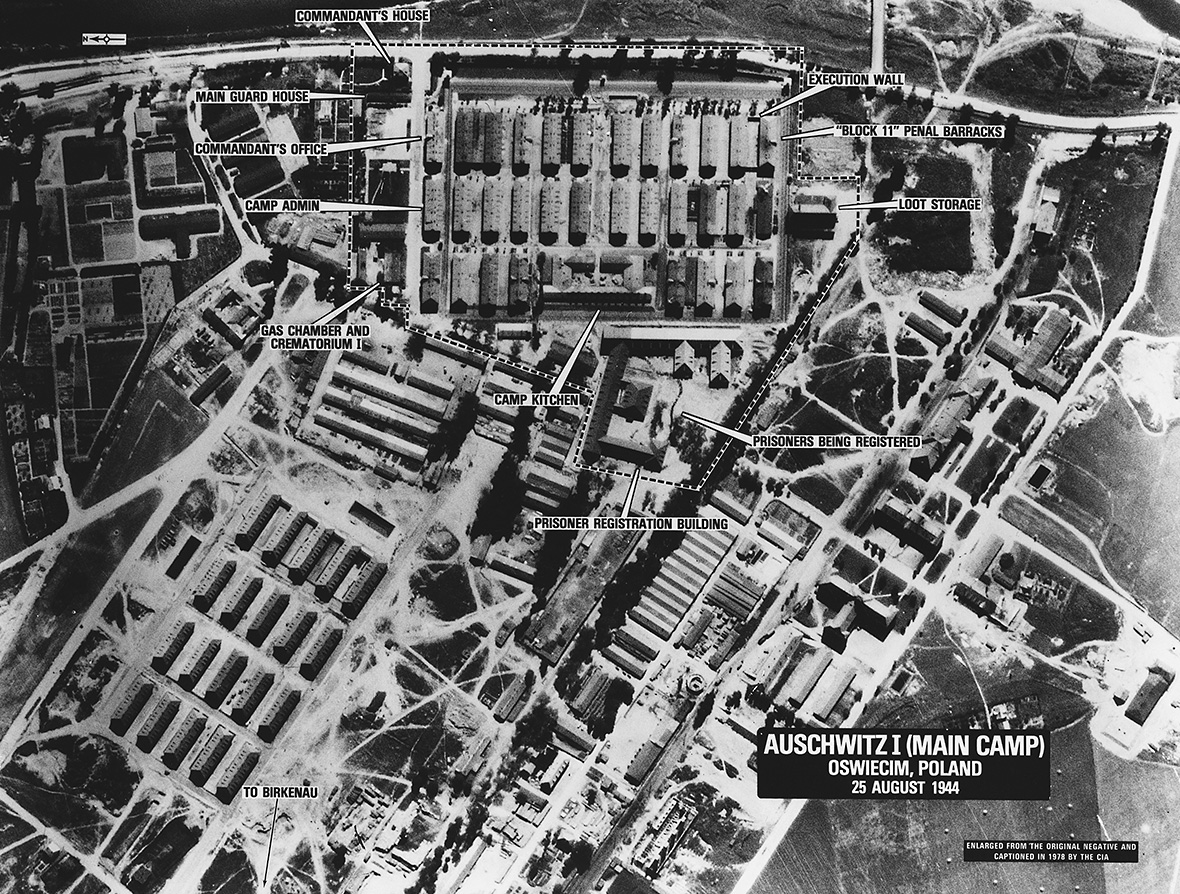
An aerial photograph of part of the Auschwitz-Birkenau camp complex, taken August 25, 1944. (National Archives and Records Administration, 263-AUSCHWITZ-19(06.)
There were valorous efforts to resist the Holocaust. A number of armed uprisings in the ghettos and camps surprised the Nazis, but all were put down with fanatical brutality. Some Jews escaped ghettos and joined partisan movements fighting against the Nazis from forest enclaves. Within the ghettos and the killing camps, acts of defiance, small or large, were suppressed and the brave dissidents savagely punished.

Looking for more information on this topic?
Read more in our online classroom, From the Collection to the Classroom: Teaching History with The National WWII Museum
When the Allies began to close in on Germany in late 1944 and early 1945, the Nazis forced the surviving prisoners on long marches to camps believed to be out of the way of the advancing enemy armies. Hundreds of thousands died of exposure, violence, and starvation on these death marches. As the Allied armies moved into Germany and Poland, they liberated the concentration and extermination camps, and witnesses to these scenes—war reporters and military personnel—were horrified by what they found. The world already knew the Germans were gassing, or working to death, Jews and other ethnic victims in these camps. Escaped prisoners had reported conditions to the media and to government officials in the United Kingdom and the United States. But it wasn't until the camps were liberated that the full horror of Nazi crimes was exposed to the world.
Explore Further
-
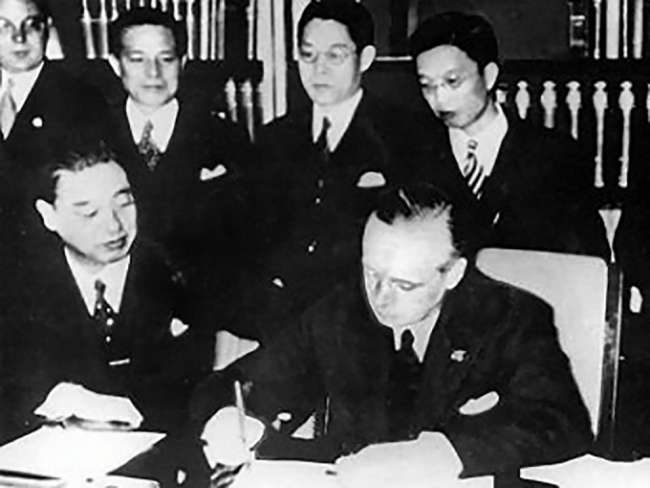
Nazi Germany, Imperial Japan, and the Anti-Comintern Pact
The signing of the Anti-Comintern Pact between Germany and Japan in 1936 was one of the truly momentous and horrifying conjunctures of the twentieth century.
-
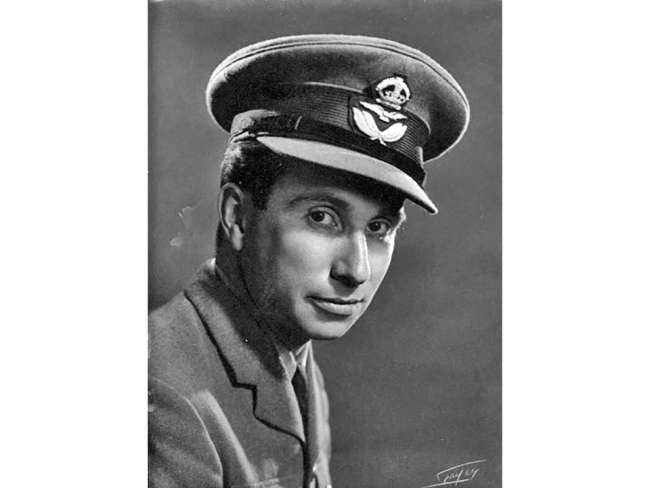
American Billy Fiske—One of the Few
Pilot Officer Billy Fiske was the first US citizen to travel to the United Kingdom at the onset of World War II to join the Royal Air Force, and was one of seven American pilots to take part in the Battle of Britain.
-
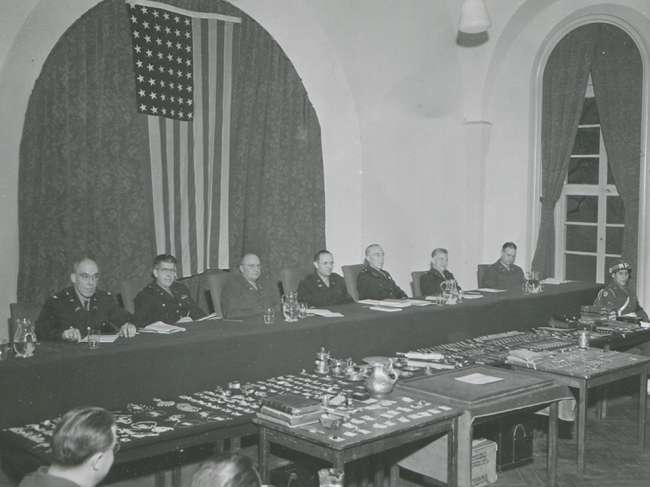
The Hesse Heist: The Accused Are Tried
The final installment of the story of the Hesse Heist covers the trials of Nash, Durant, and Watson.
-
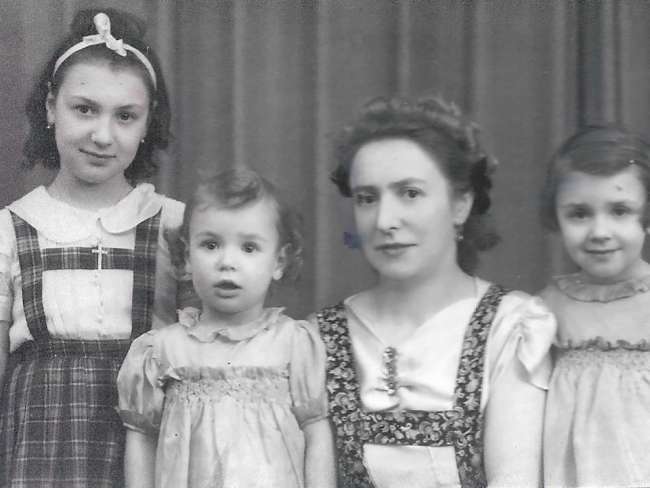
Child Memories from the Occupation and Liberation of Paris
As an adult, Janine Simone Hopkins was encouraged by her family to record her experiences and reflections of her life in Paris during the German occupation.
-
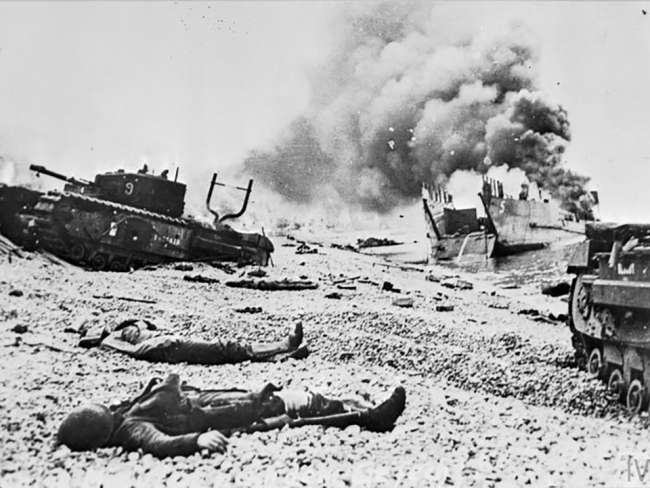
Operation Jubilee: The Raid at Dieppe
Attached to Canadian and British forces, the first Americans to see ground combat in Europe witnessed disaster at Dieppe.
-
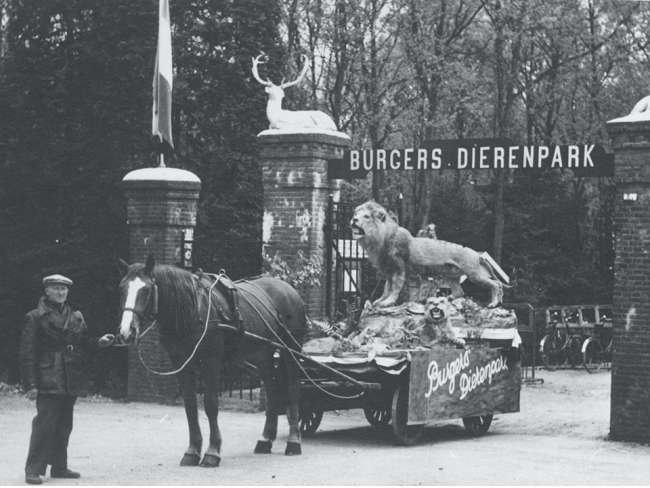
Year Zero: Restocking the Post-war Zoo
This article examines how World War II marked an important moment in the political history of modern zoos.
-
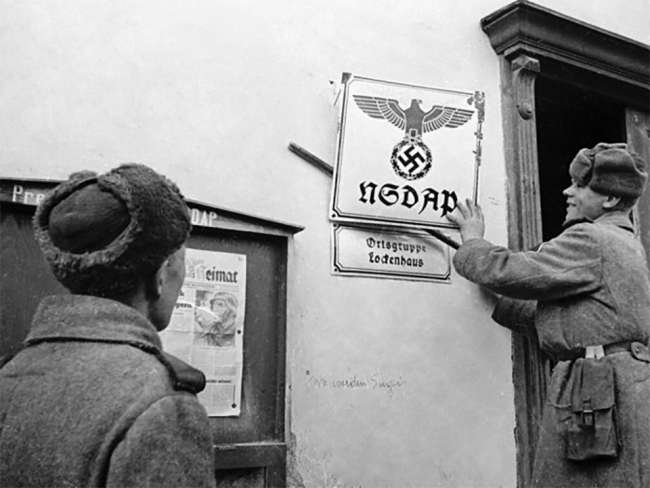
The Soviet Occupation of Austria
How Soviet occupation policy in Austria took shape warrants more attention.
-
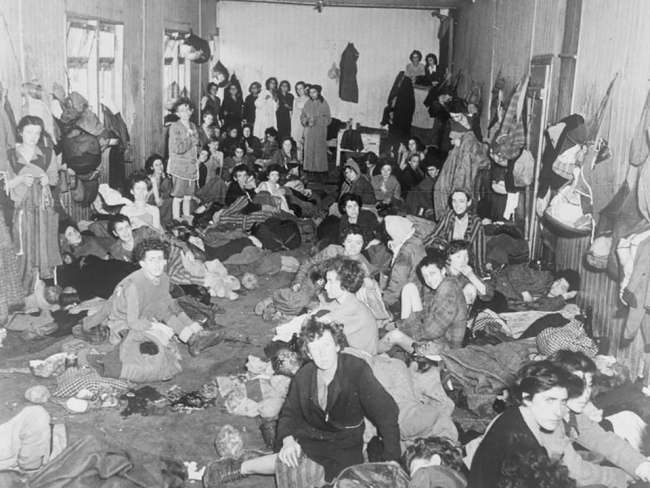
Strangers in Their Own Land: Romani Survivors in Europe 1945
When the war in Europe ended in the spring of 1945, Romani survivors were scattered, exhausted, and traumatized.
Guided Reading 19.3 the New Order and the Holocaust
Source: https://www.nationalww2museum.org/war/articles/holocaust








0 Response to "Guided Reading 19.3 the New Order and the Holocaust"
Post a Comment